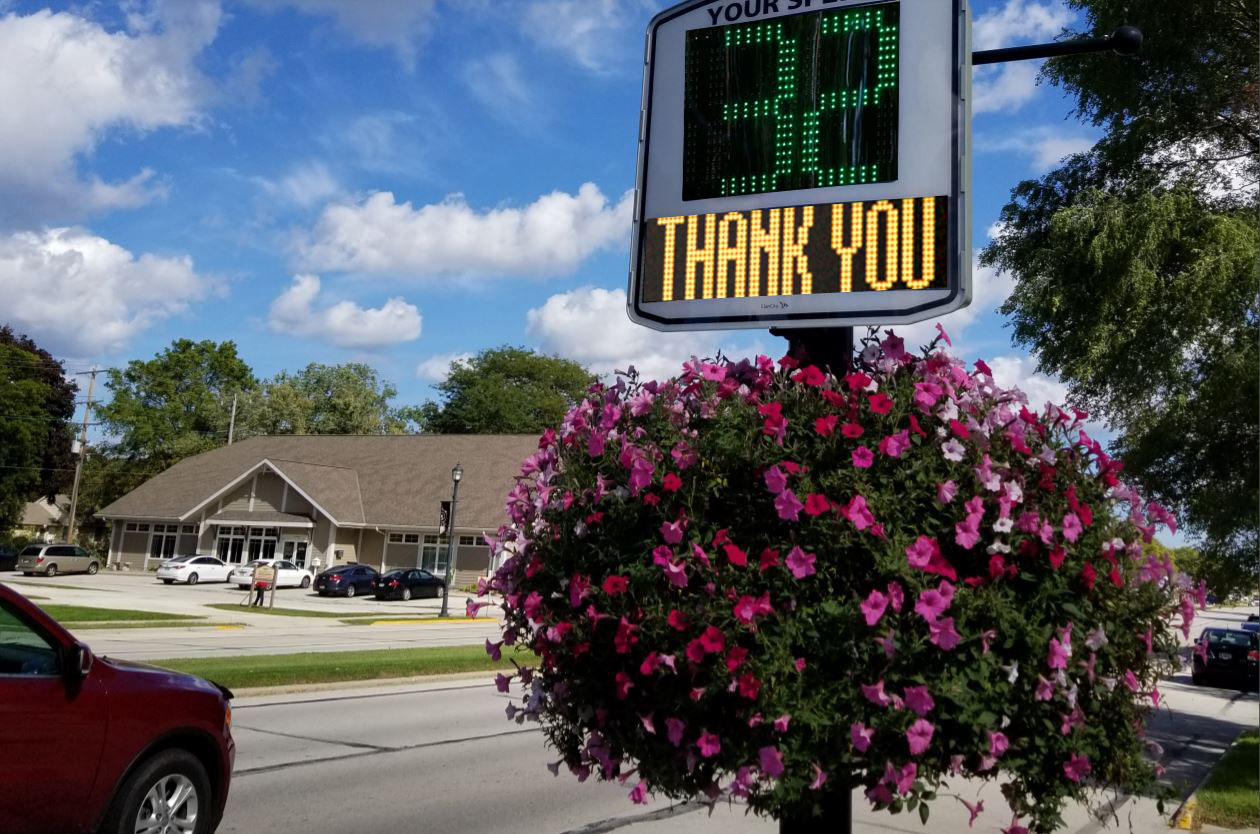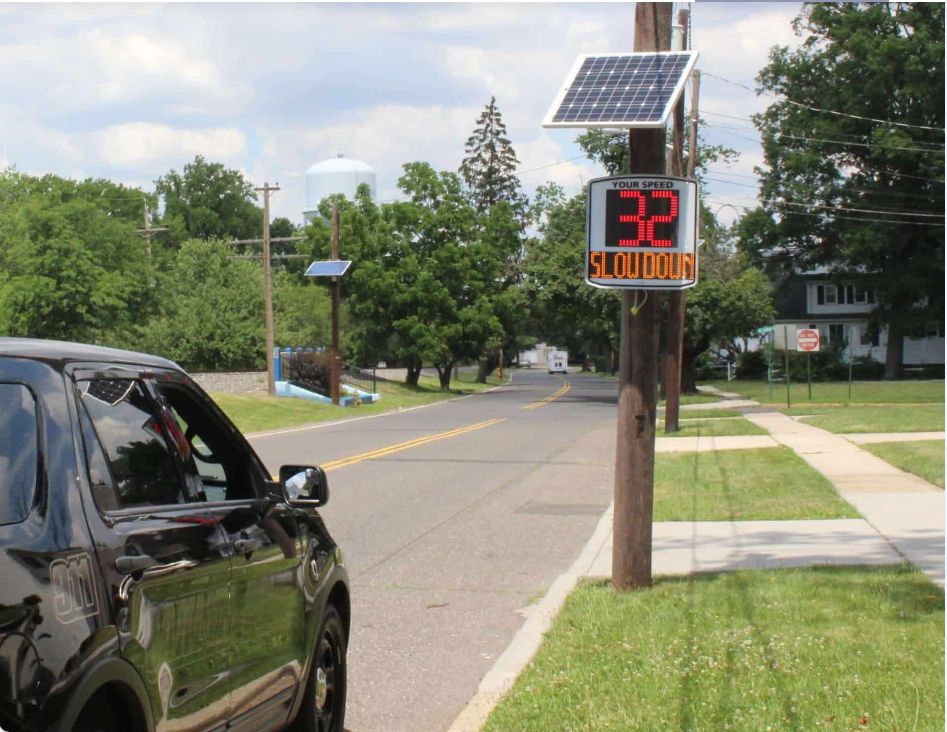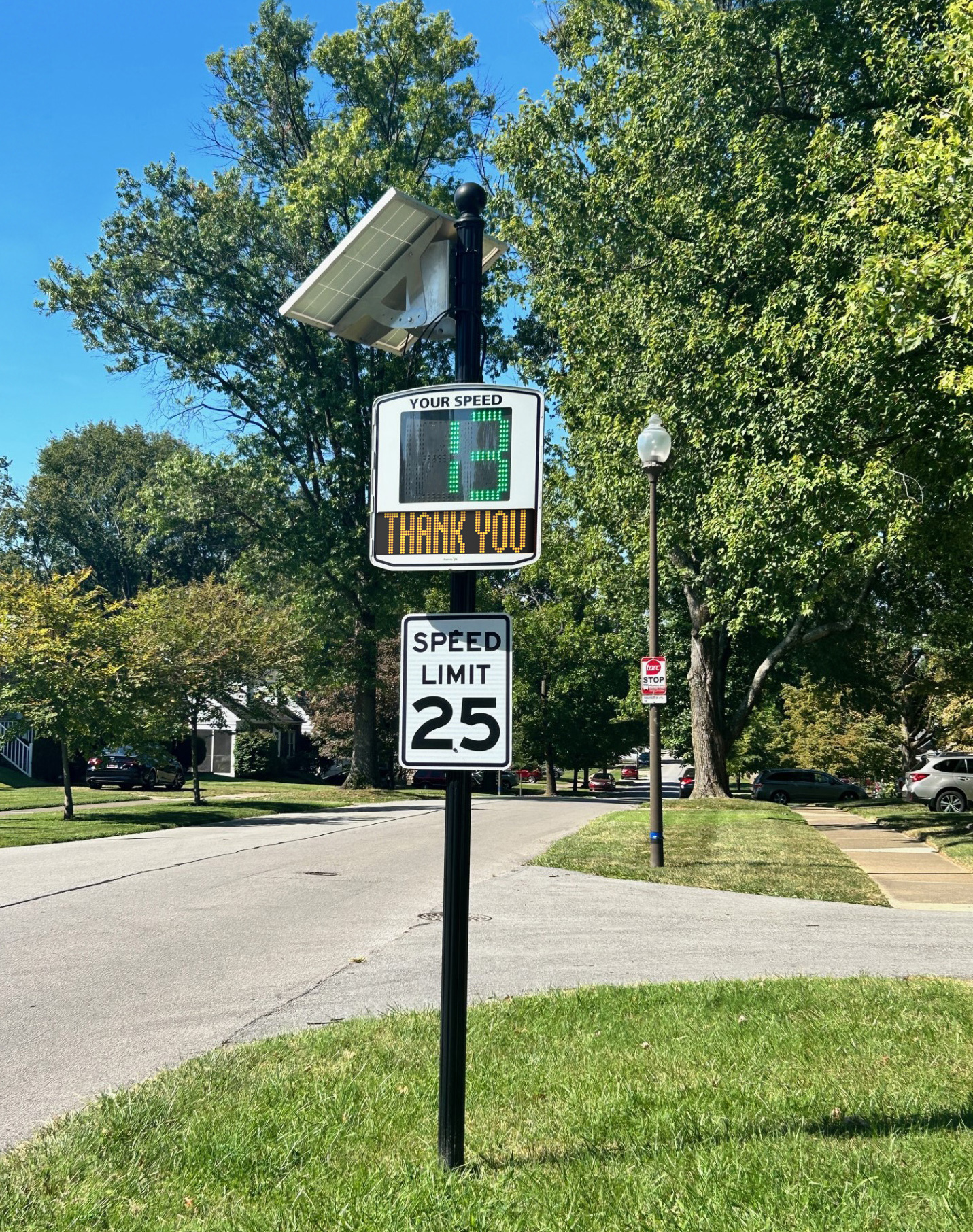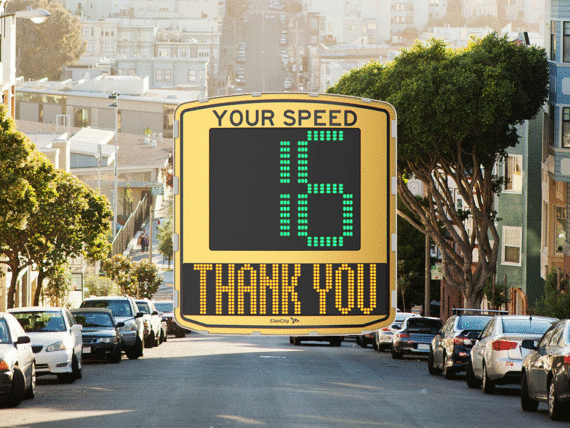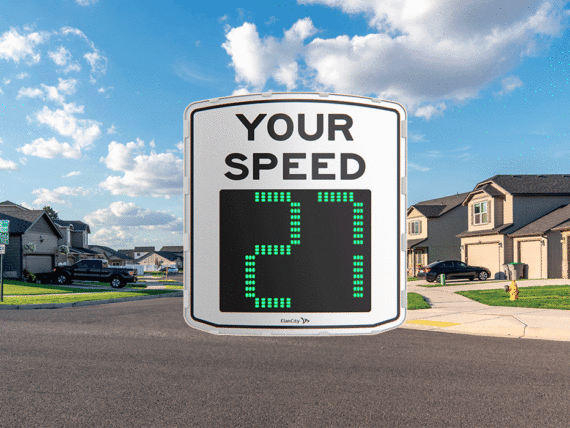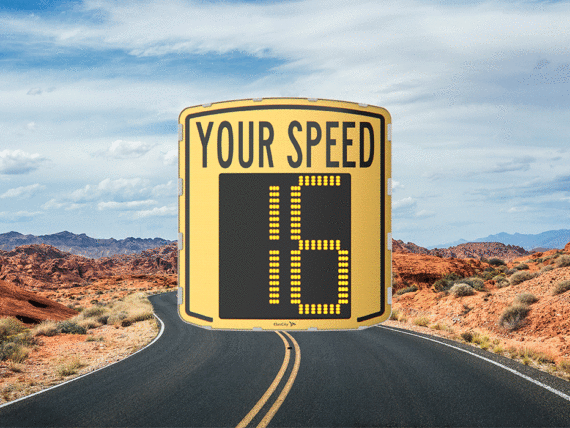Radar Speed signs: a great tool to prevent high speeds in neighborhoods, HOAs and private communities
Many city dwellers turn to Homeowner Associations (HOAs) in hopes of improving their residential living experience. The Community Associations Institute estimates over 25 million Americans live in homes governed by Homeowner Associations.
The primary role of HOAs is to improve quality of life and protect the residents of their neighborhoods.
Speeding: A danger to residential neighborhoods
Enforcing speed limits in residential areas significantly boosts the safety of residents, pedestrians and drivers. These measures seek to reduce the risk of cars accidents, help safeguard children, the elderly and the most vulnerable members of our communities. Obeying speed limits offers drivers additional reaction time for unexpected events, thus reducing the likelihood of accidents and ensuring the protection of other motorists and pedestrians.
Most of the time, speeding in residential areas is committed by people who live nearby. As part of their daily commute, motorists drive without full concentration when driving down familiar roads. This is when accidents are most likely to occur, when cars drive at high speeds and drivers are less attentive on such familiar routes. The installation of a radar speed sign has been shown to break drivers out of that automatic mode. Driving past radar speed signs gives an incentive to slow down.
How to stop speeding in your neighborhood?
As community leaders and HOAs consider various traffic-calming measures, an increasing number are installing radar speed signs, also known as driver speed feedback signs.
Over the past decade, these devices have become more and more popular. Radar speed signs are an effective and sustainable solution for reducing speeding and making residential neighborhoods safer.
- Up to 80% of drivers tend to reduce their speed upon viewing a radar sign.
- Motorists reduce their speed by 25% when they’re confronted with their speeding.
Why should you choose to add a radar sign in your neighborhood? Speed indicator devices are one of the most efficient solutions and are highly cost-effective – factors that make the solution quite popular with community members!
Elan City’s radar speed signs are used in over 10,000 communities worldwide and have been proven to deliver significant results. The solar version of the radar speed sign offers a sustainable and autonomous solution for enforcing high safety standards.
Elan City’s neighborhood radar speed signs solutions
Radar speed signs are not designed just for town halls. As a member of an HOA, you can do your part to protect your community by purchasing a high-impact speed radar sign. Discover our range of radar speed signs perfectly tailored to the needs of your neighborhood:
What is the residential neighborhood speed limit?
In most places, the speed limit in residential areas is 20 to 30 mph, but it’s important to note that speed limit regulations vary greatly due to factors such as local legislation and specific street attributes. School zones, parks, and other similar high-risk environments often require lower speed limits to accommodate a greater flow of pedestrians. The aim of this speed limit is to create a safer environment that encourages activities like biking, walking and socializing.
How do radar speed signs work? Do they produce real results?
Displaying the current speed to drivers results in an immediate and sustained drop in excess speeding – with a 25% decrease in speed on average.
In the event that drivers eventually begin to ignore their local radar speed sign, several strategies exist to counter the effect:
1. Relocate the radar speed sign. With a lightweight and portable design, radar speed signs can easily be moved to strategic and high-risk areas. This approach allows you to safeguard multiple locations within the community, gather new data and maintain driver awareness of speeding.
2. Customize your display messages. For instance, messages such as “Slow down” can be made to appear upon detection of excess speeding.
3. Enable spy mode. The on-screen display can be deactivated while the radar speed sign continues to operate and record data. This allows an analysis of driver behavior with the display both on and off, offering valuable insights into the effectiveness of this traffic-calming solution.
There are many ways to assess the effectiveness of your neighborhood radar speed sign. With the traffic data collected, you can analyze not only the effect on speeding, but also the frequency of passing and other speeding violations.
Does my city allow for use of a radar speed sign? Can we install the radar ourselves?
The safest route to avoid complications is to check with your local municipality to find out whether a speed radar sign can be installed in your neighborhood. Generally speaking, town councils and police forces encourage this type of initiative in the interests of safety.
Our Radar Speed Display Signs are extremely user friendly; installation is a one-man job and takes less than 30 minutes. Their lightweight design and universal mounting bracket offer compatibility with various sign posts, while the wide 33°-detection angle ensures a simple installation process with no need for precise orientation. Adjusting the display settings is straightforward thanks to a switch on the back of the radar. These features offer a highly portable radar speed sign that couldn’t be easier to install.
Please note that the electrical version should only be installed by a qualified electrician. Our team is always ready to assist should you experience any issues.
Is the radar durable and hard-wearing? What about vandalism?
The EVOLIS mounted radar speed indicator sign features a durable, one-piece construction made from reinforced ABS-Polycarbonate resin – a waterproof design that’s built to last. The product’s rugged exterior helps to withstand vandalism and the elements.
In addition, it comes with a two-year warranty for greater peace of mind!
What type of Radar Speed Sign should I choose: stationary, portable or ultra-mobile?
Stationary Use: This radar is fixed at a specific location where the continuous monitoring of speed is essential. It is particularly effective in areas requiring constant vigilance, such as near schools and at town entrances, to enhance safety in these vulnerable areas.
Portable Use: This radar offers flexibility to be relocatable periodically (for instance, every quarter to cover different municipal areas) and can be strategically placed for joint use by multiple HOAs.
What is the best location for my radar speed display?
Ideal Location: The most suitable to install the radarare areas within your community where speeding causes a significant concern, as proven by frequent car accidents or public demand to reduce speeding out of safety concerns.
Radar units are particularly effective at the entrance of populated areas, serving as reminders for drivers to slow down upon entering a town. They can also be strategically positioned near schools, pedestrian crossings or intersections to safeguard pedestrians – particularly children.
Installation Safety and Regulations:
- The radar should be installed on the right-hand side of the road, facing traffic, and positioned as close to perpendicular to the road axis as possible.
- The radar speed sign must be mounted at a height of at least 7 feet to avoid obstructing pedestrian pathways.
Key Installation Metrics:
- The radar’s Doppler antenna can detect incoming vehicles from as far as 1000 feet away.
- The speed display updates every 1.1 seconds, ensuring virtually real-time feedback to drivers.
What are the power sources? Which one should I choose?
According to our data, 80% of local authorities who have installed a radar speed sign prefer the solar option for its practicality and efficiency.
Power Source Options:
- Solar Connection: The radar speed sign is self-sufficient, equipped with two batteries and powered by a 95-watt photovoltaic panel, ensuring year-round autonomy.
- Electric: The radar speed display can be powered by a constant electric current or connected to the public lighting network, with a minimum requirement of five hours of nightly charging.
- Dual Power: This option integrates both solar and electrical connections, offering a reliable backup power source. For instance, if solar power is insufficient due to a lack of sunlight, the system can switch to electricity. Similarly, solar power can serve as a backup if the connection to public lighting fails to provide the necessary five hours of charge.
- Batteries: The system includes two batteries and an external charger, providing between 7 and 10 days of autonomy.
